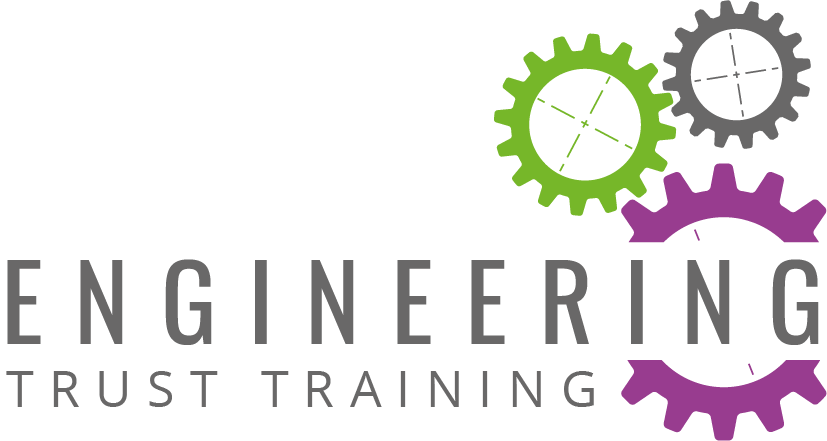Apprenticeship Funding
Employers fall into one of two groups
1. Levy payers. Those of you who have a payroll of more than £3 million per year.
2. Non-levy payers. Those of you with a payroll under £3 million per year. You don’t have a levy fund to draw down on, however, there is still funding available.
Government Inventive Payments
Incentive Payment
Currently, there is a £1,000 payment to the employer for taking on a 16 to 18-year-old which is paid to the employer via their Training Provider.
Levy and Non-Levy Detail
Group 1: Levy Payers
In 2017 the government introduced the apprenticeship levy, a compulsory tax on employers to help fund the development and delivery of apprenticeships, with the aim of improving the quality and quantity of those available. Businesses who fall into this group are required to pay the levy whether you employ an apprentice or not. ‘Payroll’ includes all payments to employees that are subject to Class 1 secondary National Insurance Contributions, such as wages, bonuses and commission.
Employers pay 0.5% of their salary bill into the levy which can then be drawn down to pay for apprenticeship training. The government then top-up an employer’s levy pot by 10% on a monthly basis when funds enter the account.
Just as Income Tax and National Insurance contributions are collected, employers pay the apprenticeship levy to HMRC through the PAYE system. Any overpayments you make during the year will be returned as a PAYE credit. If you run a limited company and you pay the apprenticeship levy it counts as a deductible expense.
The levy payments will go into an online Apprenticeship Service account, within which an employer can manage their apprenticeship funding and delivery. Within the account an employer is able to see how much is available and allocate payments to providers of government-approved apprenticeships (we are one of those).
Employers can only use funds in this account to pay for Apprenticeship Training and Assessment for apprentices that work at least 50% of the time in England. Each apprenticeship standard (formally known as frameworks) carry a funding band maximum set by the Institute for Apprenticeships & Technical Education.
If the costs of training and assessment go above the maximum allowed for in the funding band, the employer will need to pay the difference with other funds from your own budget.
Funds paid into the levy cannot be used for other costs associated with employing an apprentice such as wages, statutory licences to practice, travel and subsidiary costs, work placement programmes or the setting up of your apprenticeship programme within the business.
Funds in an employer’s levy pot don’t last forever. Any unused funds not spent will expire after 24 months.
Group 2: Non-levy payers
Employers with a payroll under £3 million but with more than 50 employees have to contribute 5% towards the cost of an apprentice’s training. The government pay the other 95% of the training cost known as co-investment. Similar to levy paying businesses, the funding from the government cannot be used to cover wages, statutory licences to practice, travel and subsidiary costs, work placement programmes or any fees required when setting up your apprenticeship.
Employers with a payroll under £3 million and with less than 50 employees do not have to pay any contribution towards apprenticeships for 16-18-year olds (the costs highlighted above do still apply i.e. wages).
If any apprentice is 19 or older, the business will be required to co-invest and contribute the 5% towards their apprenticeship training. If the apprentice is aged between 19 and 24 and has an Education, Health and Care Plan then the training will be fully funded.
Non-levy employers also register for a digital account in the same way as a levy paying employer.
